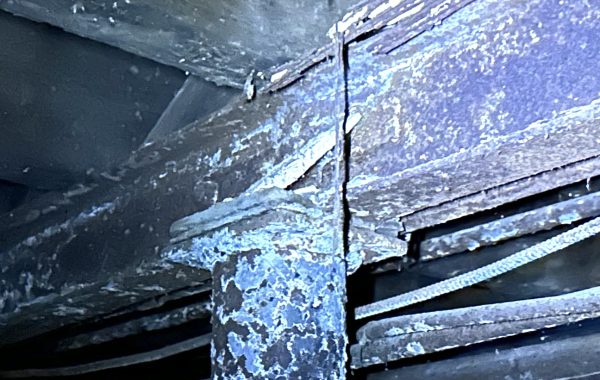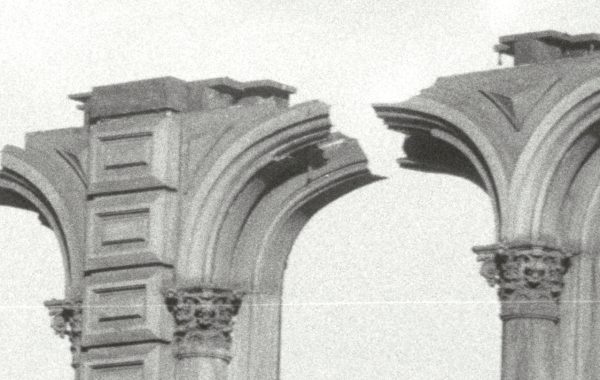That is the Bidwell Bar Suspension Bridge near Oroville, California. It is apparently the oldest remaining suspension bridge in the American west and has travelled twice. The first time, before it was constructed, it took a very long journey; after it was decommissioned it moved a shorter distance. My thanks to Cory Rouillard for alerting me to its existence.
Suspension bridges were still semi-experimental in the US in 1855 when this bridge was completed. The easiest way to illustrate that is simple: the only US suspension bridge builder from that era whose name is widely known today is John A. Roebling, and he is widely known because his bridges all worked. His closest competitor at the time, Charles Ellet, Jr., had some great successes, but never finished his Niagara River Bridge and had his masterpiece, the Ohio River Bridge at Wheeling, collapse and require rebuilding when it was five years old. It’s in that context that the wrought iron cables and bars, and the cast-iron towers of the Bidwell Bar bridge were fabricated at the Starbuck Iron Works in Troy, New York, shipped around Cape Horn, and erected over the middle fork of the Feather River, a tributary of the Sacramento River. (Cory sent information on the bridge to me and several other people who have spent time in Troy as Rensselaer students.)
Amazingly, this bridge was still carrying traffic until 1954. It had to be moved shorty afterward, as the construction of the Oroville Dam flooded the valley and left its original location under water. It was moved to the edge of the reservoir and re-erected, but sadly with piers supporting the deck from below. A picture of the original location and suspended condition are available form University of California Davis library: here. Some historical details and a picture of its current state are at the ASCE Historic Landmarks site. It also has an entry in Atlas Obscura, with a great little map showing its original location in the middle of the man-made lake.
A tower in its current state, with what is probably not the original detail for the truss end:

A close up showing the maker’s mark on the iron and some details of the truss and suspenders:

And finally a view of the deck and (relocated) toll house, with what looks like some modern hardware connecting the deck to the trusses:

It’s really too bad that the reconstructed bridge is no longer working as a suspension bridge, but better it is in this state than gone forever.




You must be logged in to post a comment.